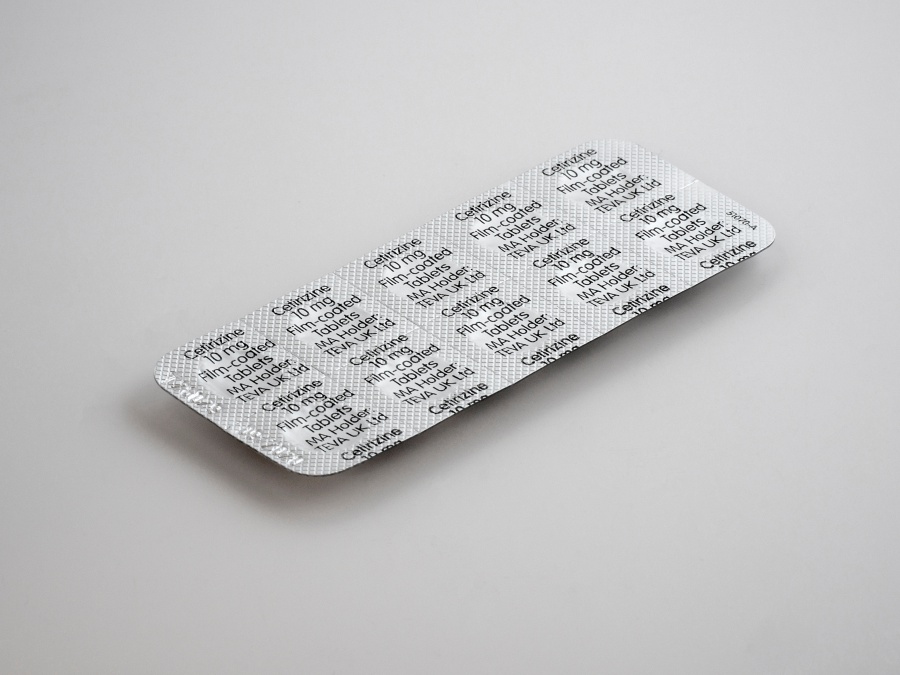How to Manage your Kid’s Spring Allergies

Spring is here and it’s that time of the year where trees start to bud and plants start to grow and the grass turns green. The robins are back after a long winter and the kids are ready to play outside again. Spring colds start going around school just about this time of the year and spring allergies start up. Some kids never are bothered by allergies while others have allergies terribly and have puffy eyes and runny noses. If you think your child has allergies, take them to their pediatrician first to make sure it’s allergies and not a cold. Allergies can mimic a cold because your child might start coughing and spitting up mucus. Post nasal drip causes respiratory problems because the sinuses drain into the back of the throat and cause the throat to be sore. Sometimes the sinuses can drain into an area behind the ears and mimic an earache. The best solution is to find out what is the culprit and there are nose medications that come as a spray that clear up post nasal drip. This, in turn, stops the mucus from draining and your child can breathe much easier.
There are also some easy tips here that will help your family cope with spring allergies. Have your children stay at home so they can avoid these allergens anyways. Watch the pollen count and when it’s high, keep the kids inside as much as you can. Pollen is the worst during the mid-morning, early evening, and when it’s windy out.
Saltwater is good for kids who have plugged up noses. A saline solution is good for older children for some relief and you can follow the nasal solution with a saline solution. You can purchase saline at any pharmacy or make it yourself by using a squirt bottle and putting in 8 ounces of boiled water to one teaspoon of salt. There are also nettie pots that are similar and clear up stuffy noses and you can find these at any department store that has a pharmacy inside or a grocery store.
Kids can become too dried out from constantly blowing their noses and sneezing, so keep a water bottle around for them to stay hydrated and remind them to keep drinking water.
Steam works wonders too, you can buy a vaporizer that blows steam or start a warm shower or bath to give your child some relief from their allergies. Make sure the water is not too hot and encourage your children to enjoy a warm bath or shower if they aren’t feeling well.
Keep your house nice and cool to make sure the pollen stays out. You can do this by keeping the air conditioner on in your house and in your car. Make sure all the windows are closed if you have a child that is feeling miserable during spring time allergies.
It doesn’t hurt to purchase a humidifier in case the air is too dry at your living space. Be careful because if the humidity is over 40 percent, this can cause indoor allergens to start growing. An example of this is mold and dust mites.
 You can also choose to use a cold compress if your child has itchy red eyes. The cold compress helps soothe the itching and sore eyes from the allergies.
You can also choose to use a cold compress if your child has itchy red eyes. The cold compress helps soothe the itching and sore eyes from the allergies.
Encourage your kids not to touch their eyes by rubbing them. Rubbing the eyes can only make the situation worse and can cause the eyes to itch more as well.
If your child likes spicy food, make a meal with cayenne pepper, hot ginger, fenugreek, onions, or garlic. This is nice because the child is eating something that will actually thin out the mucus and quickly clear out the nasal cavities. There are many herbs that are useful for different remedies.
If your kid is constantly blowing their nose, try the name brand tissues that are soft and contain aloe. This will help keep the redness of the nose at bay. Kids have tender skin and nostrils so don’t scrimp when it comes to buying name brand tissues.
If you notice your kid’s nose is very red and uncomfortable for them, take petroleum jelly to help soothe the pain from the red and raw nose of your child.
If your kid is complaining about a sore throat because of the drainage, take some warm water and add a few tablespoons of salt in an 8-ounce glass of water. Saltwater is helpful if your child gargles with this home remedy because this helps soothe their sore throat.
Make sure they drink enough fluid to help their throats and soothe the pain. You can make some weak tea with some lemon and honey. Steam from tea can also help with congestion the child is experiencing.
When your child seems to have a lot of pressure and pain from their sinuses, use some warm compresses to help break up the pressure and soothe the pain.
Make sure your child doesn’t have any food allergies and if they are allergic to things like ragweed, there’s a chance they could be allergic to some of the foods they eat or the ingredients in boxed food. Some foods that cause allergies from ragweed are bananas, melons, sunflower seeds, chamomile tea flowers, and cucumbers. Make sure your child doesn’t have any sensitivity to these foods if they are allergic to ragweed.
 Make sure your home is not leaking or water is running between the walls. This is how black mold starts and this is very toxic once it gets into anyone’s lungs. Mold grows in warm, moist places and the spores are what transmit through your home and thrive in dark, damp areas and corners of your house. Spores multiply very quickly and can cause contamination of your home. You can’t see the mold spores because they require a microscope so you won’t be able to smell them in the air of your home. You can smell mold in wet and damp basements, because it’s musty and stale, especially when the spores have rapidly created huge colonies of mold.
Make sure your home is not leaking or water is running between the walls. This is how black mold starts and this is very toxic once it gets into anyone’s lungs. Mold grows in warm, moist places and the spores are what transmit through your home and thrive in dark, damp areas and corners of your house. Spores multiply very quickly and can cause contamination of your home. You can’t see the mold spores because they require a microscope so you won’t be able to smell them in the air of your home. You can smell mold in wet and damp basements, because it’s musty and stale, especially when the spores have rapidly created huge colonies of mold.
You can tell if a family member is suffering from mold because they start coughing, wheezing and sneezing more frequently and some people develop a rash. Don’t dismiss this as spring allergies if you smell a funny odor in your basement. A dehumidifier helps get rid of the smell and suck the excess water out of the air. Just make sure you get the mold under control before it controls you because this mold can damage the upper respiratory tracts of individuals for life. The worst thing in the world is not being able to breathe.







